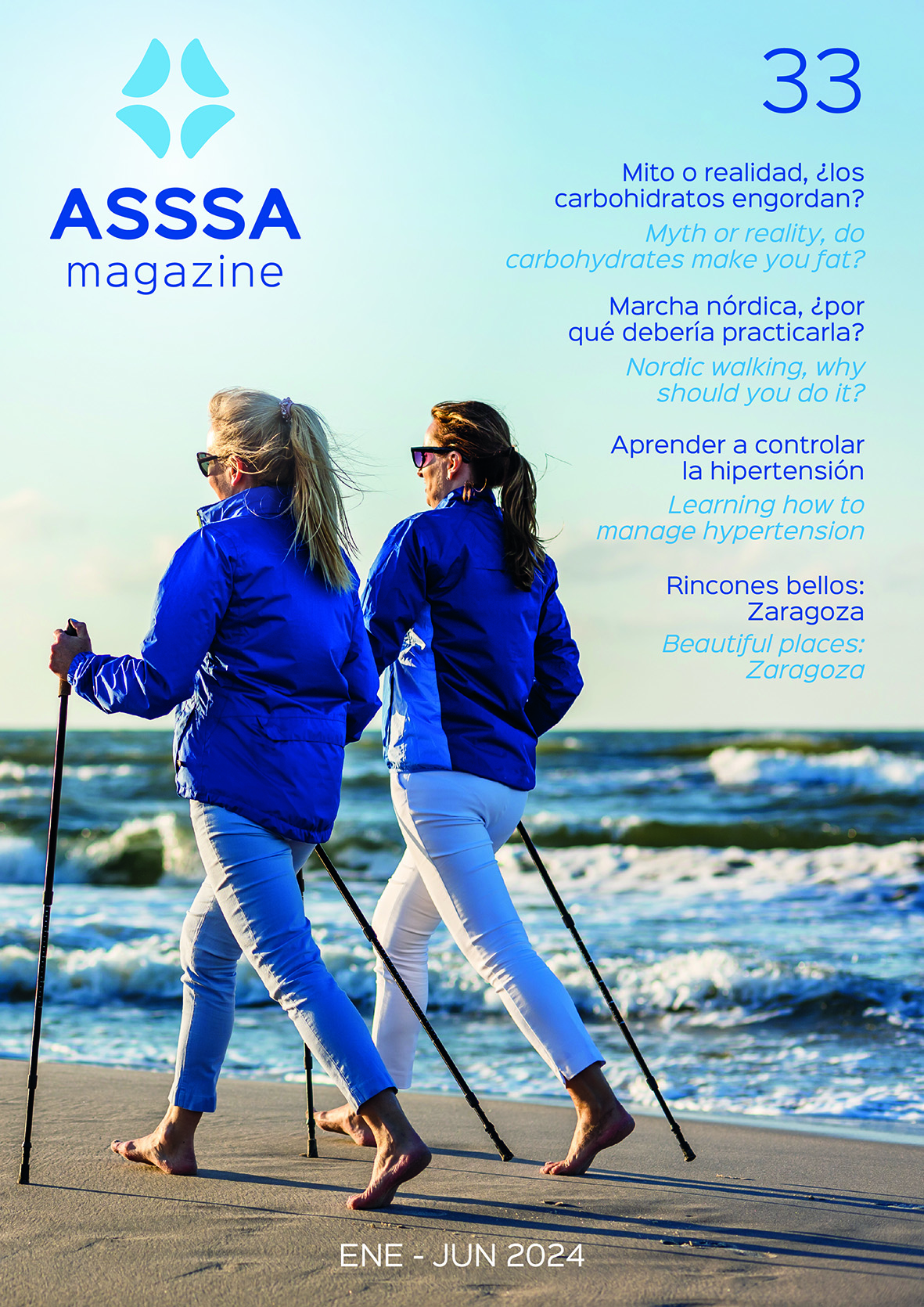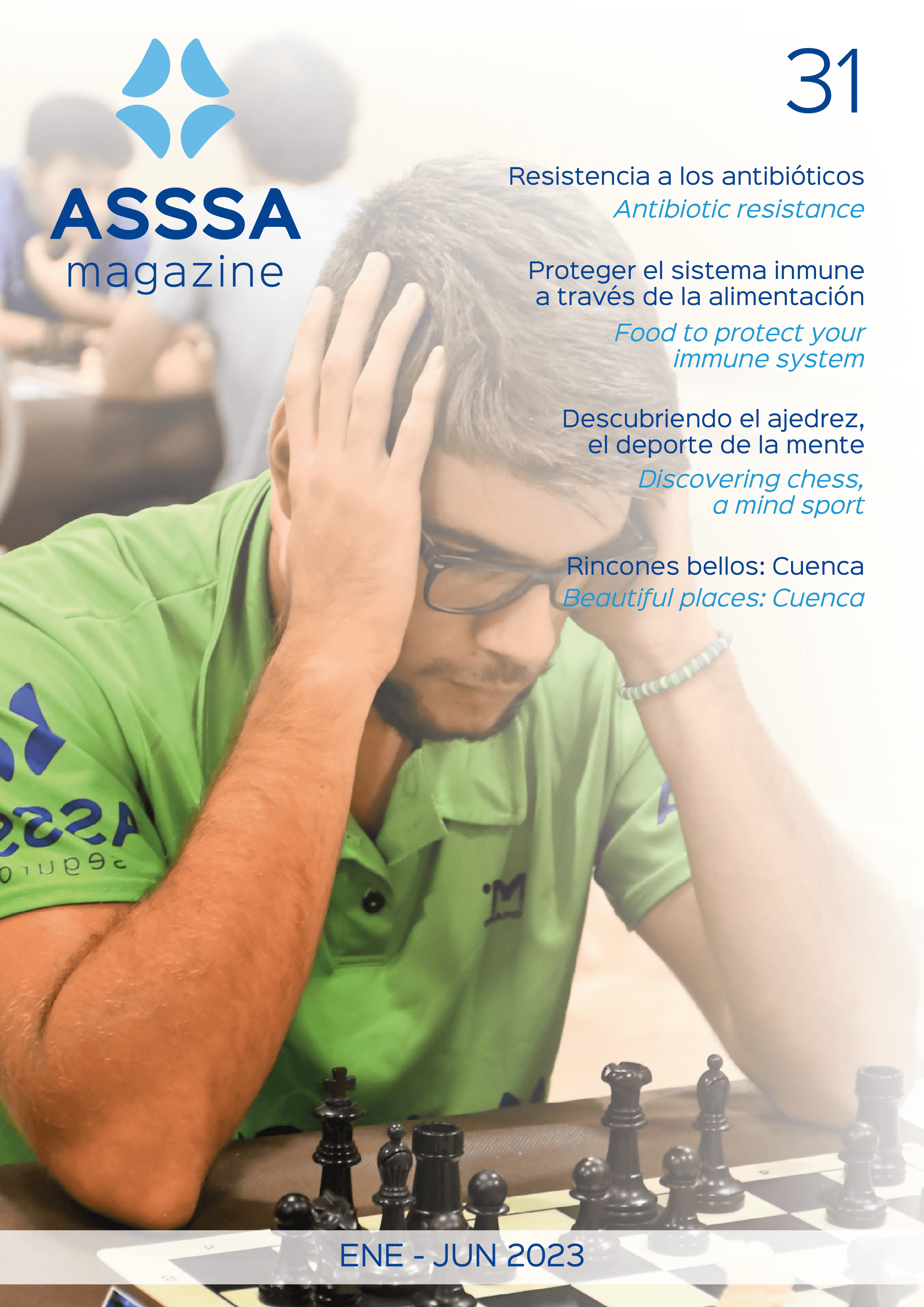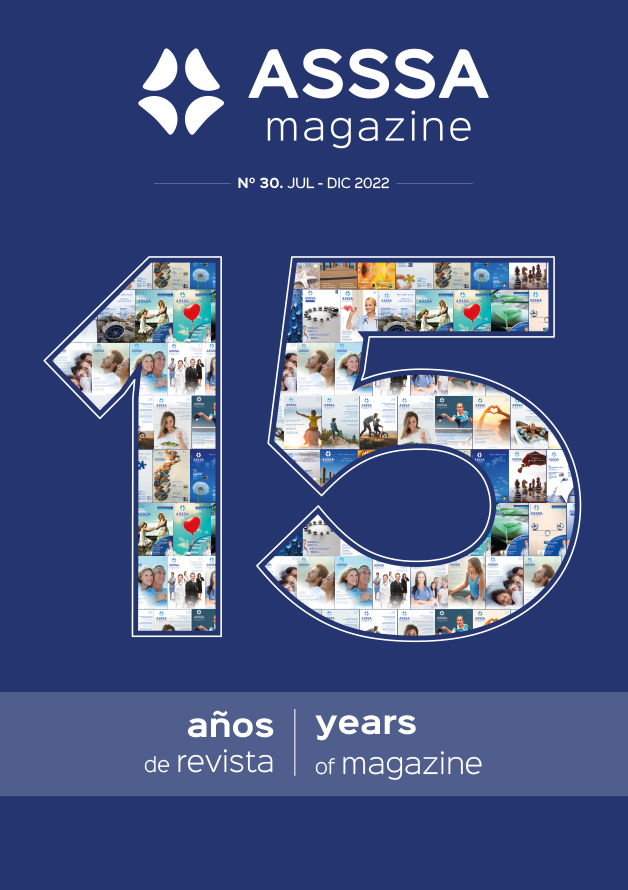
Hallux valgus or bunion is one of the most common problems seen in the orthopaedic area. It affects a very high percentage of the population and can be a severe disability. It consists of a lateral deviation of the big toe towards its neighbours, accompanied by a series of changes which include the appearance of a bunion (a bump on the inside of the foot which deforms shoes) and medial deviation of the first metatarsal, with painful inflammation on the inner edge of the foot. Bunions can also lead to deformities of the other toes such as hammer toes, claw toes and metatarsalgia (pain and hard skin on the sole of the foot), which is most uncomfortable for patients because it makes it difficult for them to wear shoes and walk.
Patients suffer from pain due to pressure and friction from footwear and incorrect alignment between the big toe and the rest of the foot.
The problem has many causes: there is often a hereditary component, although the type of shoe worn (narrow and with high heels) can also be responsible. Some foot problems such as flat or pronated feet can increase the risk of suffering from hallux valgus or bunions. Women are more likely to have this condition than men, because their joints are looser and they often wear inappropriate shoes. It is diagnosed by a clinical examination and a radiological study. X-rays are taken of both feet in anterior-posterior and lateral dimensions when standing to identify and quantify the deviation of the big toe and the other toes (hammer and claw toes, etc), whether the patient has osteoporosis and/or arthrosis, and other foot abnormalities such as pes cavus (high instep), flat feet, etc, which need to be factored in when planning the surgery.
Initial treatment should be conservative and should aim to relieve pain and, if possible, prevent further development. Generally speaking, however, this tends to be unsuccessful. Wearing wide shoes can relieve bunion pain. Avoid high heel and pointed shoes. Bunion night splints and separators do not seem to have the ability to correct them and insoles are used to relieve metatarsalgia (pain in the sole of the foot).
In terms of surgical treatment, more than 200 techniques have been described over the years. Because of this, a number of procedures are used to correct all types of bunions, because no two are the same and the surgeon must choose the surgical technique (the one his is most familiar with) for each patient. The surgeon can work on the soft tissues (ligaments, tendons, etc) by rebalancing them and also on the bone (osteotomy) which is the most effective way of correcting the deformities that make up the bunion. The surgery can be percutaneous or minimum incision surgery (MIS), otherwise (and incorrectly) known as ‘laser’ surgery because lasers are never used for this type of surgery, or with open surgery using modern techniques and precision instruments. It should be made quite clear that open surgery is not synonymous with ‘old fashioned’, nor is percutaneous surgery the ‘modern’ approach. In fact many of the open and instrumental surgical techniques we use nowadays are far newer than percutaneous surgery or MIS. The choice of one system or another depends on the surgeon’s preferences and training and on the type and severity of the deformity to correct.
After surgery, patients gradually start walking again wearing a specific orthopaedic shoe for this type of procedure, and no plaster casts are required. During the recovery period, the patient must do active and passive exercises with the toes and with the foot as a whole. Sometimes, rehabilitation treatment may be required. Patients are usually off work for between one and three months, depending on the type of job, the surgical technique used and bone quality. The results of this type of surgery are usually good, although in the same way as with any surgery, complications can occur such as a small reoccurrence of the deformity but without pain. These rarely require further procedures. The foot is often inflamed for several months after surgery, so patients need to wear wider, comfortable shoes. Because of all this, most patients who have this procedure are pleased with the results and have the other foot done within a year.
Dr. Jesús Más – Traumatologist Foot Unit Clínica Vistahermosa.
Dr. Enríque Martínez – Traumatologist Foot Unit Clínica Vistahermosa and Foot Unit Hospital General de Alicante.
The information published in this media neither substitutes nor complements in any way the direct supervision of a doctor, his diagnosis or the treatment that he may prescribe. It should also not be used for self-diagnosis.
The exclusive responsibility for the use of this service lies with the reader.
ASSSA advises you to always consult your doctor about any issue concerning your health.











